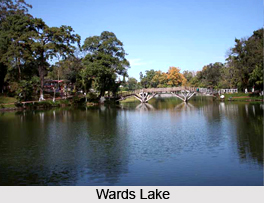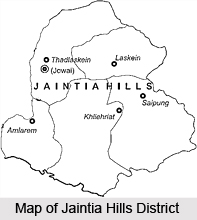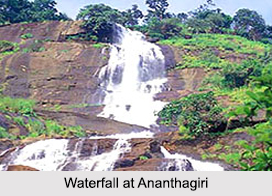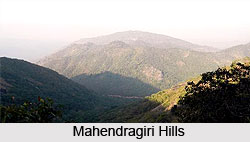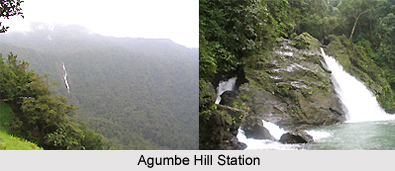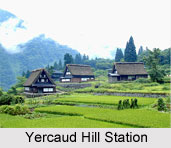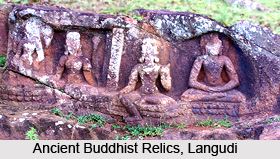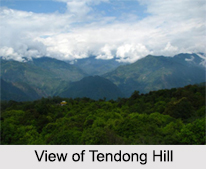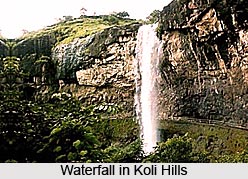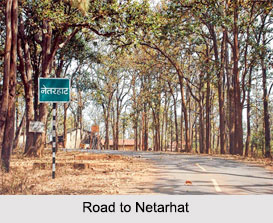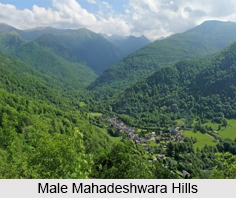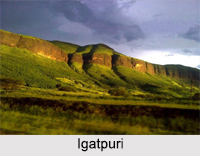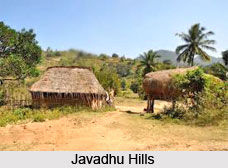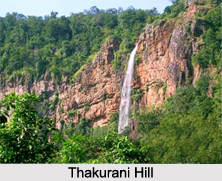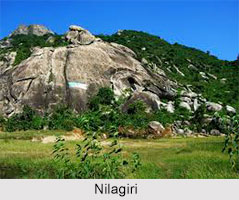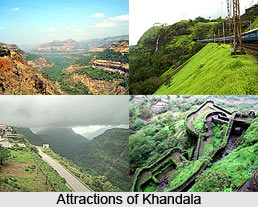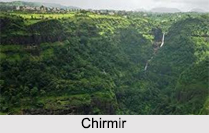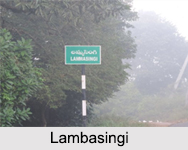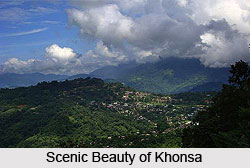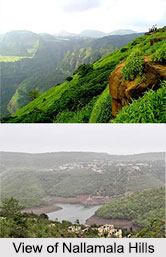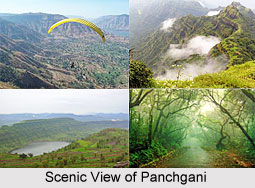 History of Panchgani covers the ancient temples dedicated to the Hindu Gods and Goddesses and the rule of British East India Company, when like Matheran, this place became a hill station for leisure and nature tourism. Like Panchgani, Matheran and Mahabaleshwar are the popular tourist destination in West India.
History of Panchgani covers the ancient temples dedicated to the Hindu Gods and Goddesses and the rule of British East India Company, when like Matheran, this place became a hill station for leisure and nature tourism. Like Panchgani, Matheran and Mahabaleshwar are the popular tourist destination in West India.
The scenic beauty of Panchgani was discovered by the British East India Company generals during the British Raj as a summer resort for them.
The discoverer of Panchgani was the superintendent of that place named John Chesson, who was placed in charge of the hill station in the 1860s. He is credited with planting many plant species from the western world in Panchgani, including silver oak and poinsettia, which have flourished since then in Panchgani. Mahabaleshwar was the summer resort of choice for the British East India Company, but it was uninhabitable during the monsoons.
Panchgani was developed as a retirement place for the British generals and the elite Britons because it remained pleasant throughout the year for its climatic structure and the location on the Western Ghats Mountain Range of India.
John Chesson was deputed to find a suitable place. He surveyed the hills in this region in the company of one Mr Rustomji Dubash, and finally decided on this nameless area in the vicinity of the five villages: Dhandeghar, Godavli, Amral, Khingar and Taighat. The place was aptly named Panchgani and Chesson was made Superintendent.
John Chesson encouraged various professionals like tailors, dhobis, butchers, vegetable vendors, building contractors to also settle in Panchgani. The area below the market was allotted to them and is known as the gaothan.
The founder of this hill station in Maharashtra, John Chesson was buried in the graveyard of St. Peter`s Church. In 1971-72, his death centenary was observed in a big way when for the first time, the town folk and the schools participated together in a ceremony to remember the founder of Panchgani, which is now enlisted as the famous hill station of Western part of India after Mahabaleshwar, for its cloud capped mountain in the day and the full moon beauty in the night.
